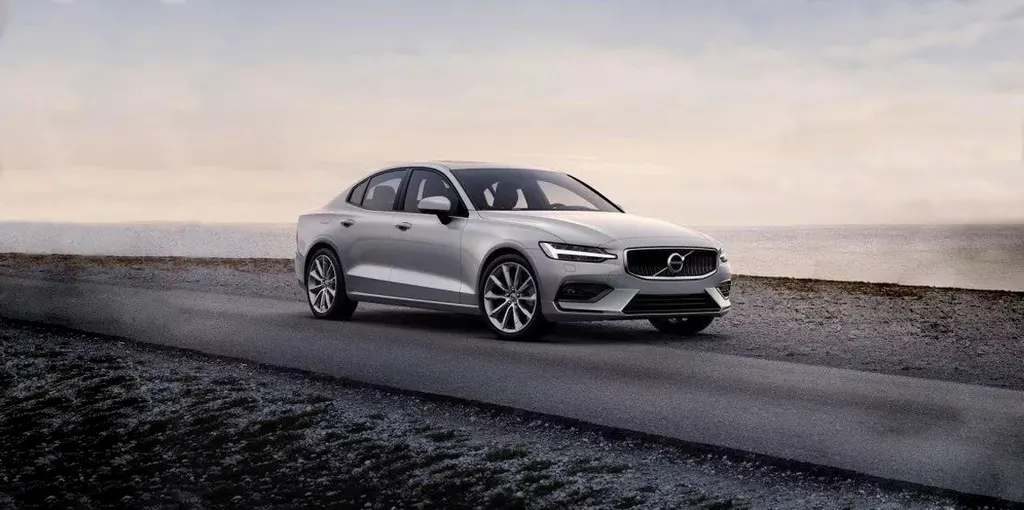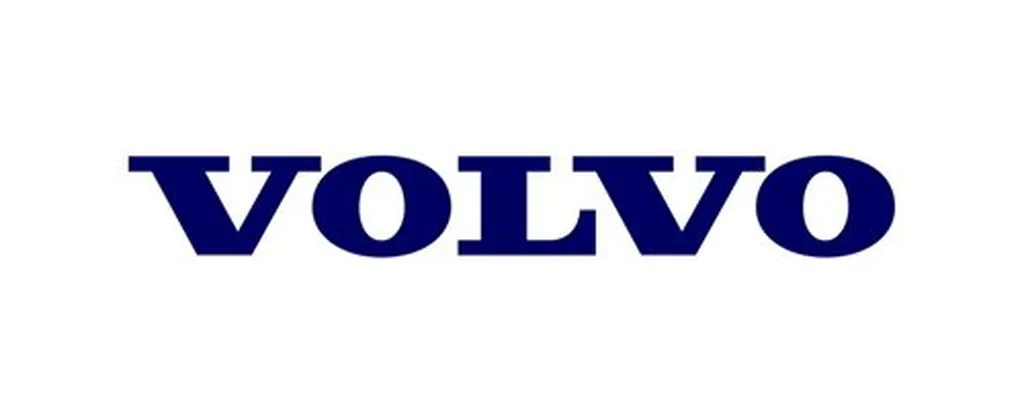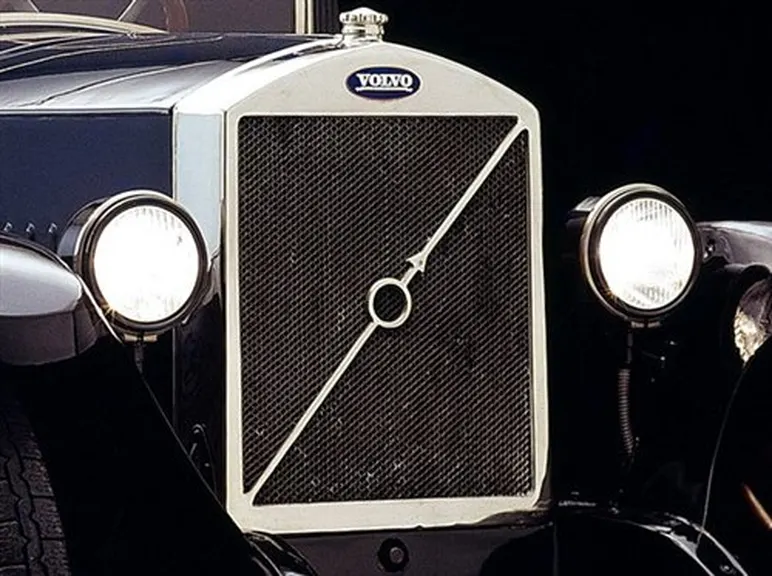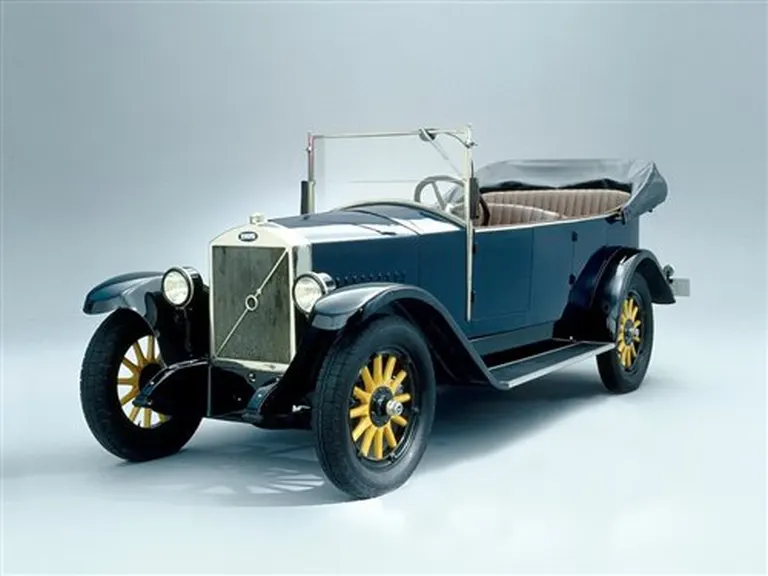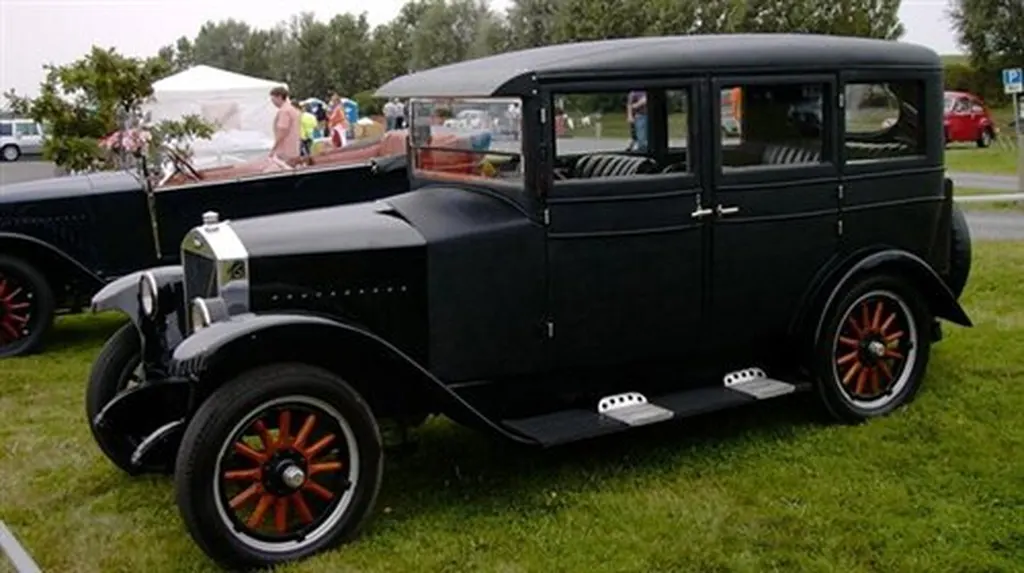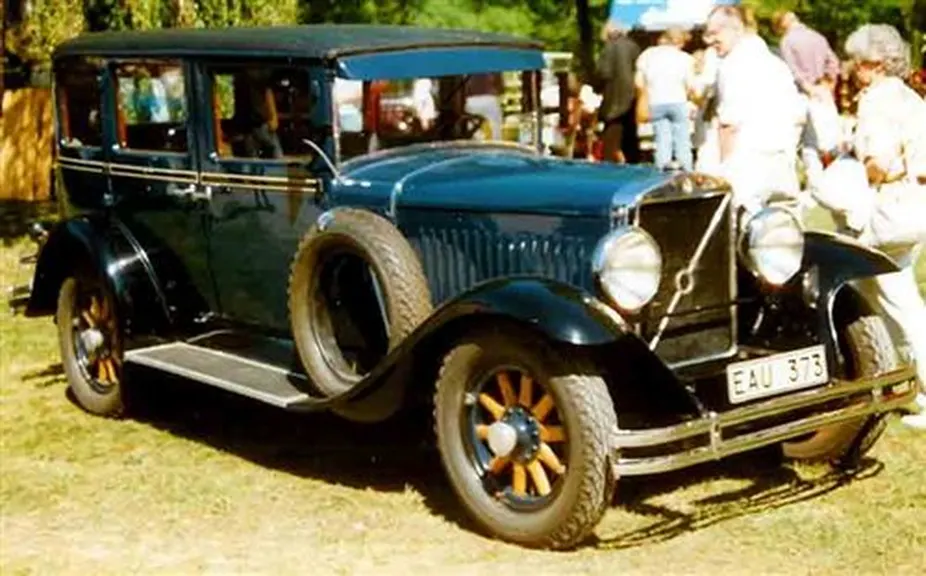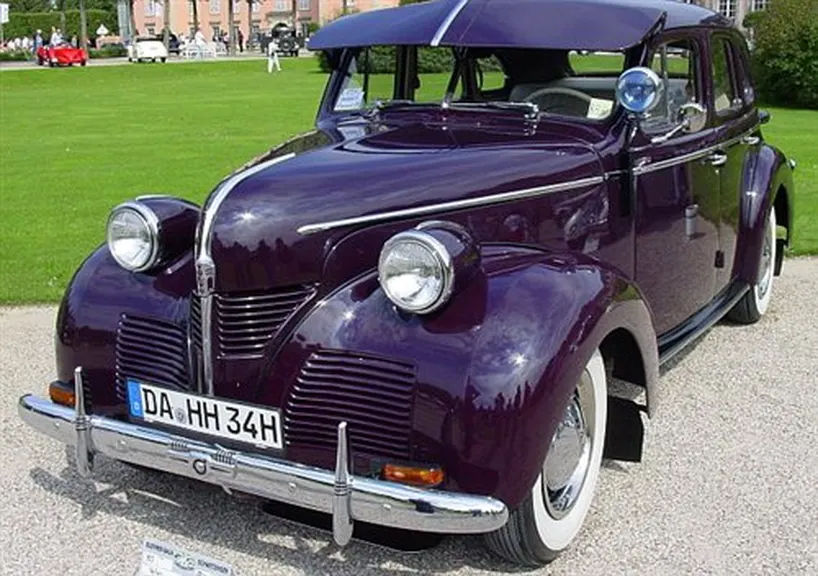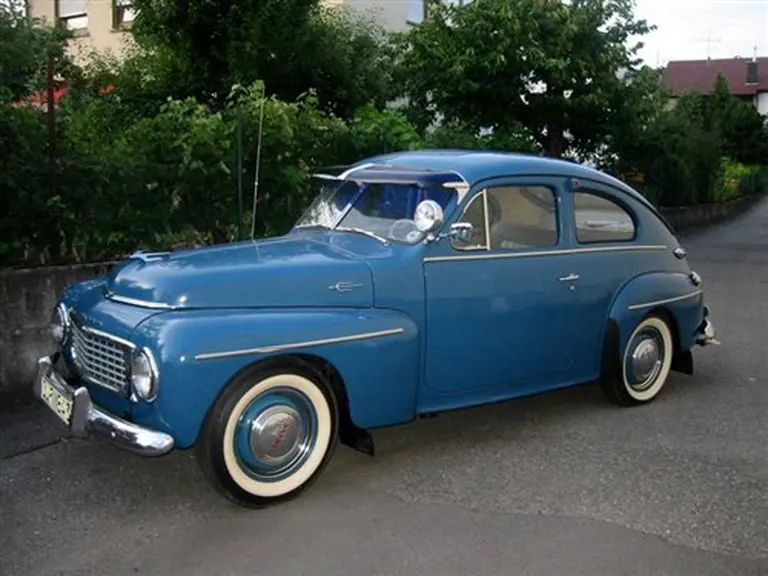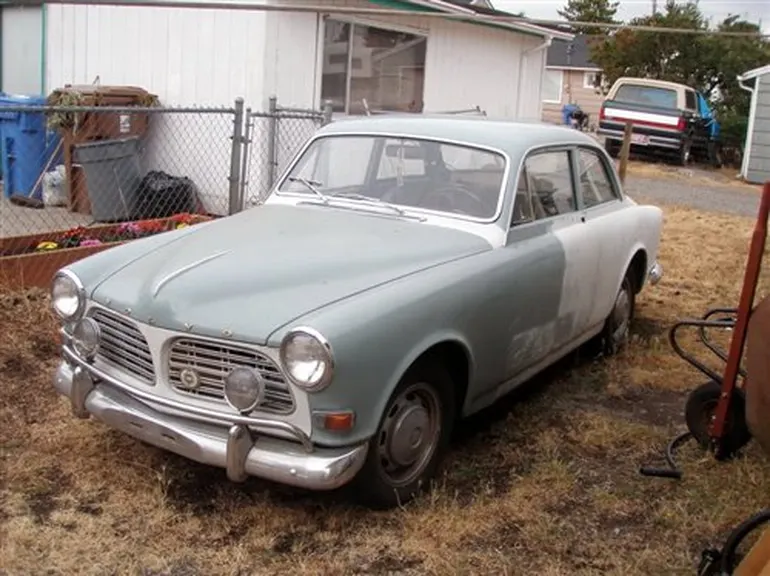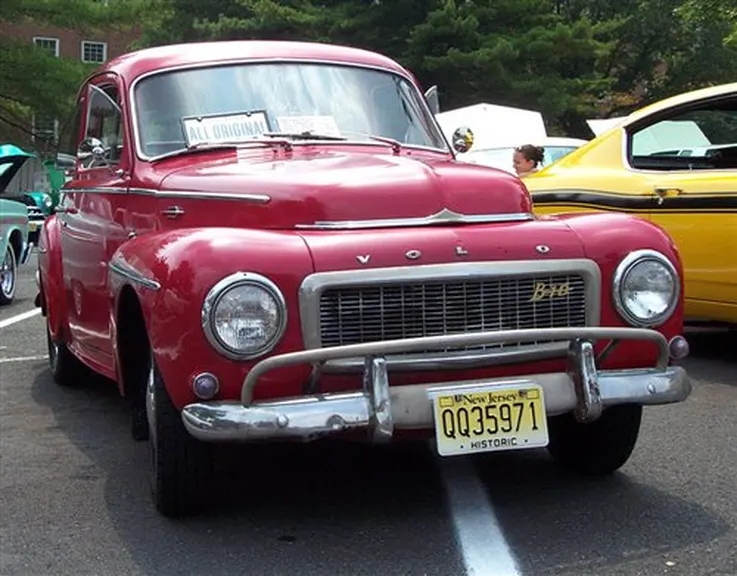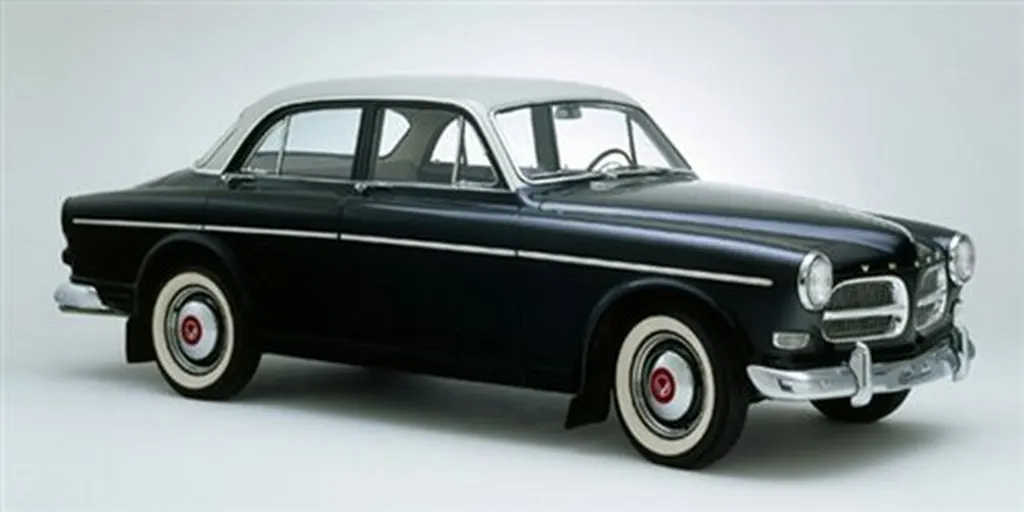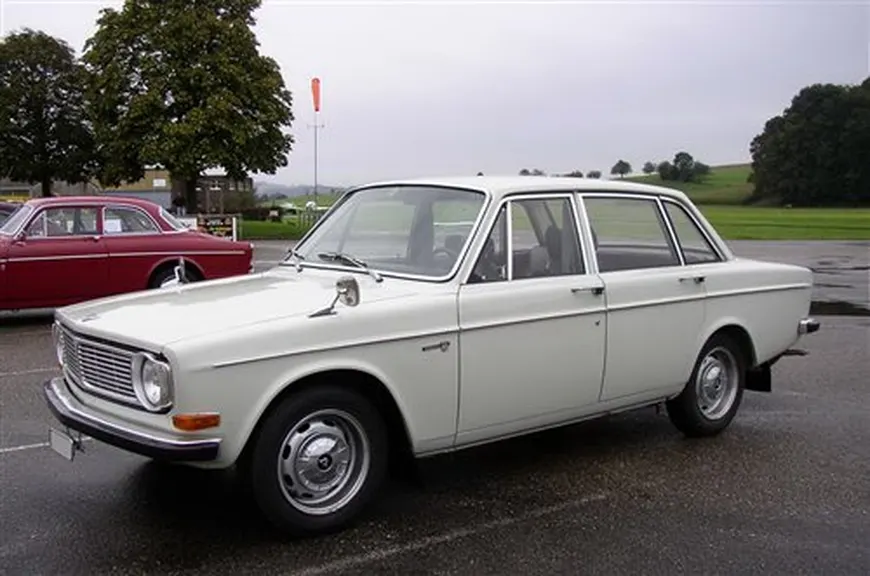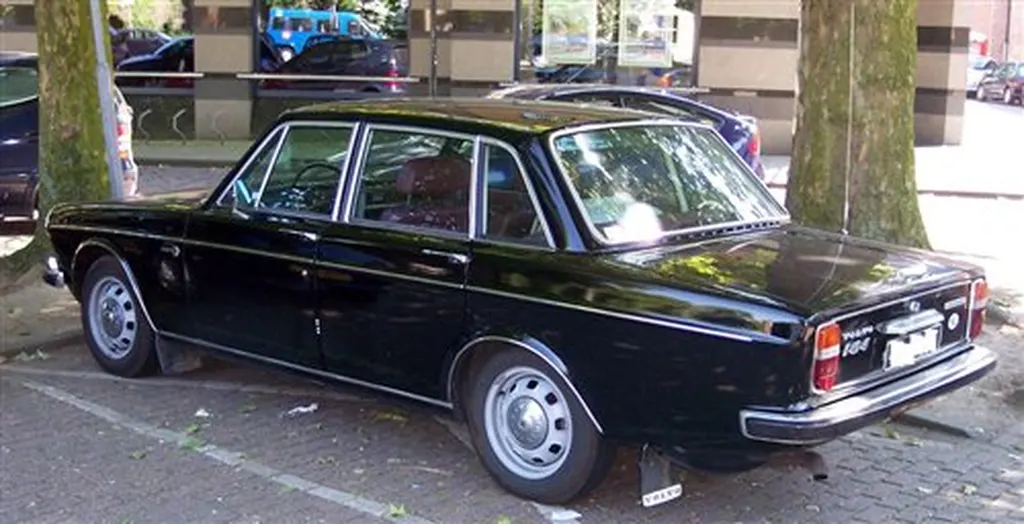I saw the Volvo S80 test in an automobile magazine 10 years ago before I started to recognize the Volvo brand, remember that magazine called S80 a tank. After that, I slowly understand this Nordic brand. Since Volvo launched its first car in 1927, what Volvo has been pursuing is the car safety. Volvo has been recognized by consumers all over the world for its excellent safety performance. Throughout the safety technology of Volvo’s previous models, Volvo’s eyes are on passengers and pedestrians. It can be said that Volvo’s pursuit of safety has never stopped.
In 1914, SKF Company had realized that the automobile manufacturing industry had brought huge market potential to bearing manufacturers, so it set out to established a subsidiary specializing in providing parts for automobile manufacturers. At that time, because its founder Sven Wingquist invented the unique spherical bearing, SKF Company has already been well-known in the world and became a famous developer and manufacturer of industrial bearings. On June 22, 1915, Volvo was officially registered. Since then, it has been imprinted on new balls and rollers produced exclusively by the SKF company for the automotive industry.
At that time, Volvo was mainly engaged in the production of various parts, although in the following years, Volvo manufacture a few cars and other transportation vehicles. Some other products with the Volvo brand name are very fragmentary, such as gas burners, trailers for camping equipment, office chairs, etc.
Until August 1926, after a long period of persuasion, the board of SKF finally agreed to provide financial support for the idea of creating an automobile manufacturing company. At the same time, the company decided to adopt a new brand logo, which is a circle of an arrow in the ancient chemical symbol of the iron element, and the arrow points diagonally to the upper right corner. In Western civilization, this is the oldest and most common trademark. It originated in the Roman Empire and is a symbol of three different concepts: Mars, Roman God of War, and male masculinity.
On April 14, 1927, the gate of a factory on Hisingen island in Gothenburg was opened. The first Volvo car comes from here. It is an open tourer with a four-cylinder engine, the model name is OV4, the car is priced at 4,800 SEK, and the subsequent PV4 sedan is 1,000 SEK higher than the OV4. The company plans to produce 500 cars of various models, but Swedish consumers don’t seem to buy it. Only 297 units were sold in the first year.
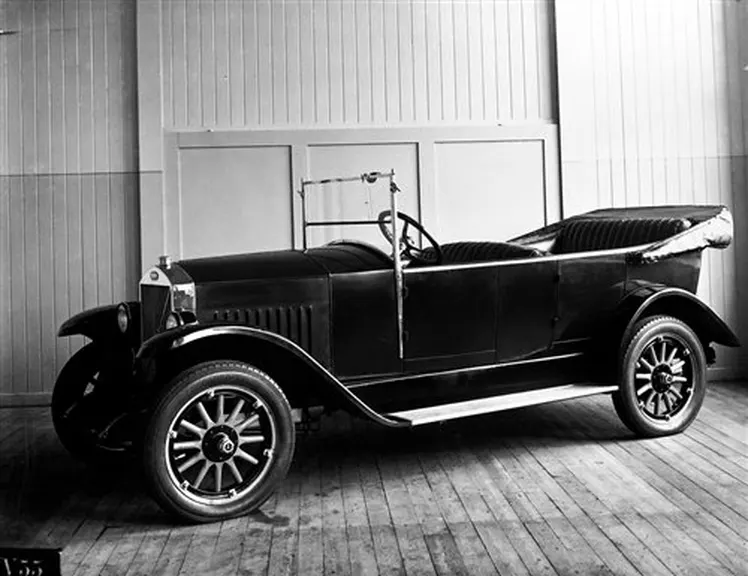
In 1928, the special extended version of the Volvo PV4 sedan was produced. It has a slightly longer hood, the front pillar is slightly thinner, rectangular rear windows and bumpers. At the time, bumpers were not standard. The company’s first truck Model 1 went offline and quickly succeeded. Trucks and later passenger cars became Volvo’s main export products in the first few decades.
In 1929, a new 6-cylinder car PV651 replaced the previous 4-cylinder model. Compared to the OV4, the PV651 is longer and wider, and the chassis is more stronger. In this year, the company sold a total of 1383 vehicles, of which 27 vehicles were exported, and the export area even went to distant Argentina and Panama.
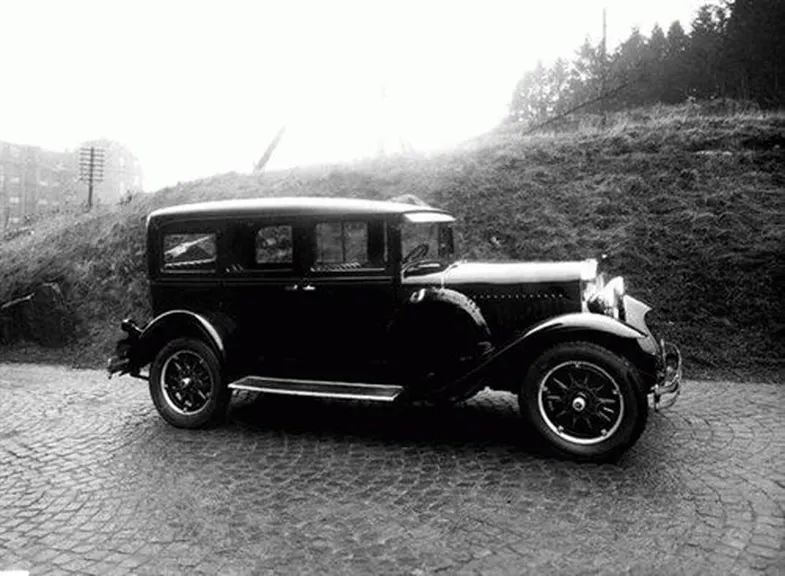
In 1930, two 7-seater taxi models were launched, TR671 and TR672. All models beginning with TR will be used in early Volvo taxis. Another new car is PV652, a more luxurious upgraded version than PV651. Volvo bought the Hisingen plant from its parent company SKF, where Volvo cars are produced. Two years later, in 1932, Volvo reached a milestone in its manufacturing history: VOLVO’s 10,000th car went offline. By this time, Volvo has produced 6,200 trucks and 3,800 cars. The earliest Volvo bus-LV70B was off the assembly line. It was produced on the basis of truck chassis. Volvo ushered in the first large order of the Swedish Police, 40 units of PV652S. After that, Volvo produced more police cars for export as well as satisfying the domestic market.
In 1936, PV51 went on the market. It can be regarded as Volvo’s first attempt to produce a more popular family car. It uses a 6-cylinder engine. In early 1937, PV52 went on the market. Compared with PV51, it has a higher specification configuration, but it is almost identical in other aspects. The differences include: a pair of sun visors, a pair of wipers, an electronic clock, a sprung steering wheel, a heater and a demister, a louder horn, a folding backrest, a reading light on the rear seat, and armrests are installed on each door. This year, Volvo produced a total of 1,815 vehicles.
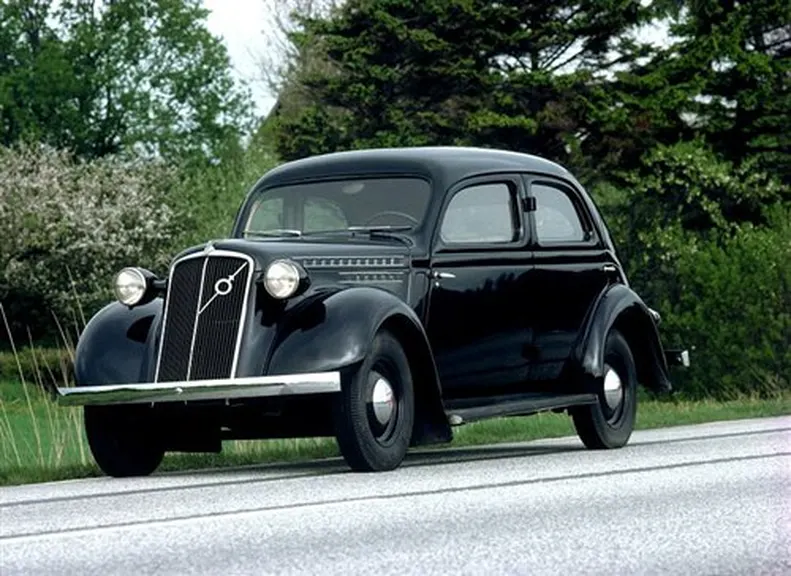
In 1944, PV444 and PV60 continued to appear at the Volvo auto show in Stockholm in September. The 10-day event attracted almost 150,000 spectators. The PV444 is priced at 4800 SEK, which is the same price as Volvo’s first car in 1927. In 2 weeks, PV444 orders reached 2,300, but this car was not actually delivered until 1947. In terms of engine, PV60 inherited the characteristics of pre-war Volvo cars: it is a solid traditional model. By 1950, the company had produced more than 3,000 units of PV60.
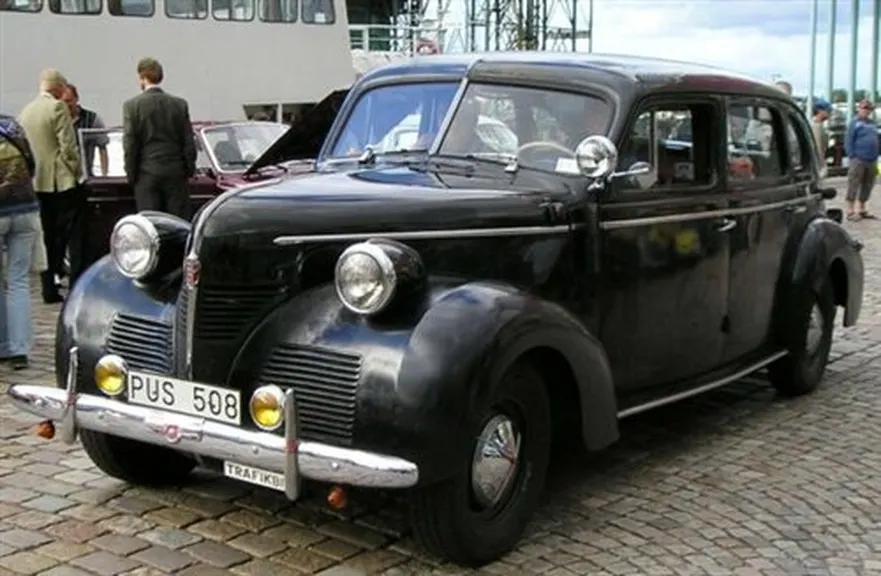
In 1947, PV444 officially went into production in February. The company plans to sell 12,000 units, of which 10,181 units were already sold. Since the price promised at the Stockholm exhibition in 1944 was 4800 SEK, the company initially sold 2,300 cars at a loss. The retail price of PV444 in 1947 was 8000 SEK. At this time, the company has 3000 employees and an annual turnover of 112 million SEK.
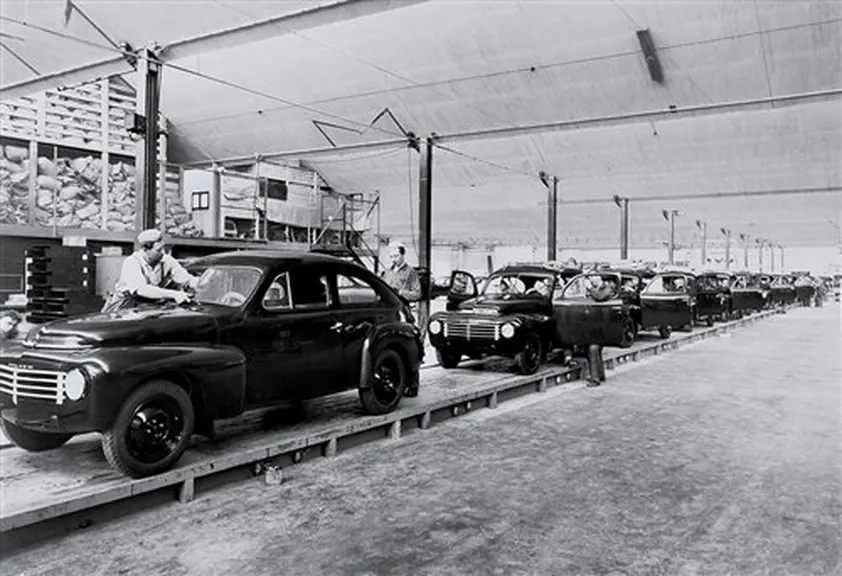
In 1949, Volvo’s car production exceeded that of trucks and buses. This was the first situation since Volvo trucks were put into production in 1928. In the same year, a special version of PV444, PV444 S, was put into production. Its exterior color is grey, and the interior is gray and red. A black PV444 launched in August. It is the 100,000th car produced by the company. The company has exported a total of 20,000 vehicles, most of which are commercial vehicles. There are approximately 6000 employees working at Volvo in that time.

In 1951, the C series of PV444 was launched, with fewer changes to the exterior of the car, and more importantly technological progress. This year, the exterior sun visor made of green plastic became a standard accessory for every car, and most people called it a robber hat. The annual turnover of AB Volvo reaches 310 million SEK. In January 1952, the 25,000th PV444 went offline. Volvo started to develop its first station wagon at its factories in Gothenburg and Olofstrom. In August of the same year, the upgraded PV444 D series was put into production.
In 1953, PV444 became the best-selling car in Sweden. And in 1955, PV444E and PV444ES were launched.
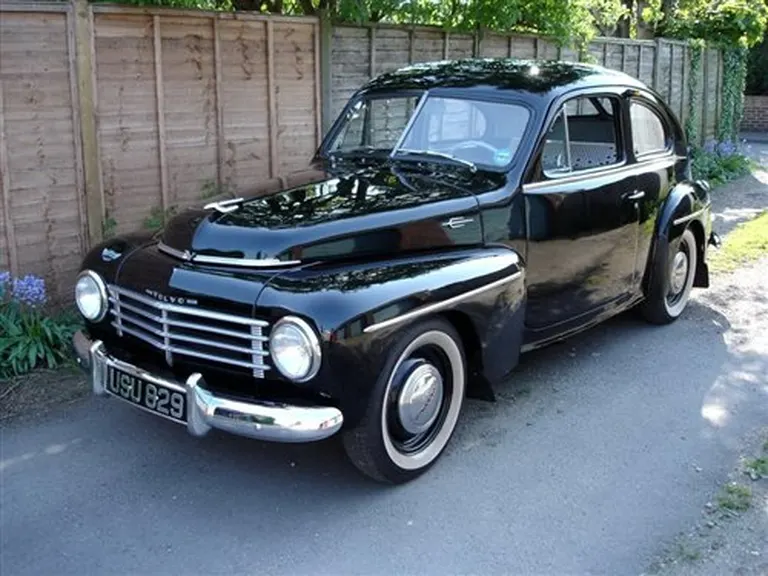
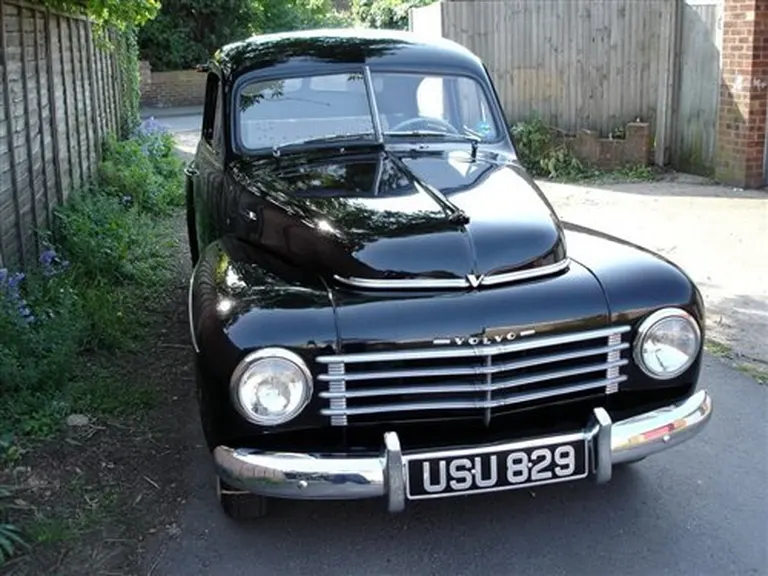
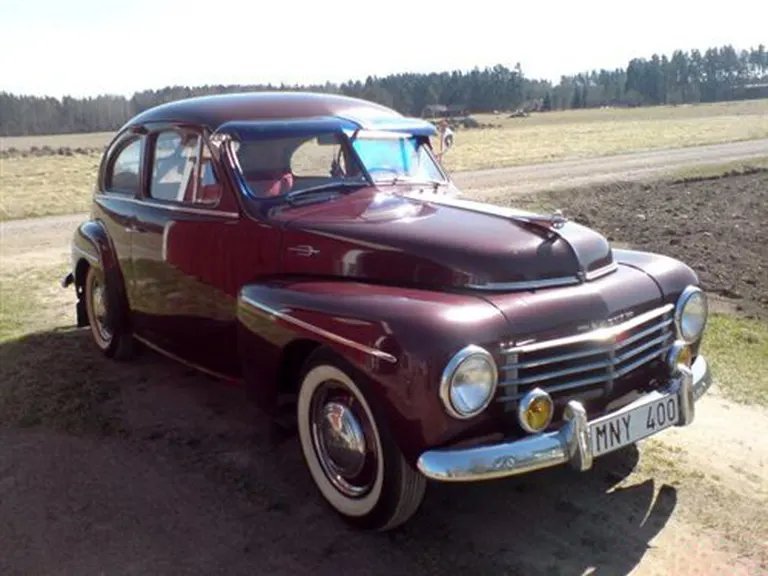
The significance of PV444 model is more important to Volvo. The PV444 was the best-selling car in Sweden at that time. It has many models and had undergone many upgrades and changes. The PV444 model truly implants the Volvo brand into people’s hearts. It has been recognized by the public and laid a better foundation for the development of Volvo.
In 1956, with the rapid increase in sales, Volvo produced the 100,000th PV444 in January. In the same year, another famous model in Volvo history – P120 series (AMAZON) was released. In 1957, the Volvo P120 series was officially put into production. The front seat two-point seat belt became the standard configuration of Volvo cars this year. Volvo sports cars stopped production, and 1957 was the last year of PV444 production.
After the launch of the P120 series, many people think this may mean the end of PV models. It’s not true. Volvo launched PV544 in August 1958, which is a completely improved and upgraded version of PV444. There are a total of four models, offering different engine and configuration options. At this time, the rear seat belt reinforcement has become the standard configuration of Volvo cars. AB Volvo’s turnover exceeded 1 billion SEK for the first time. In 1959, the front seat three-point seat belt has become the standard configuration of the Volvo P120 series and PV544 series. This makes Volvo the first company in the world to use a three-point seat belt as a standard configuration.
In 1961, the P1800 Coupe sports car was put into production, which used a new B18 engine. The powerful B18 engine is also used in the PV544 and P120 series. The PV544 also uses a new gearbox that can synchromesh 3-4 kinds of speeds. In October of the same year, the P121 with two-door design was officially launched.
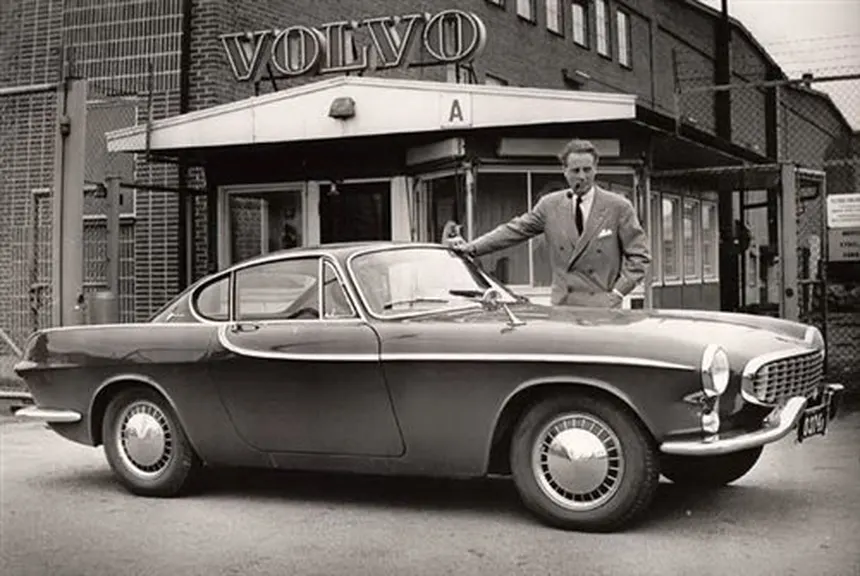
Power brakes were installed for the P120 series station wagon for the first time. Another important innovation is that the company hired medical experts to jointly design the front seats of the Volvo car to provide better comfort and safety. This year, Volvo tested the first car with a reverse child seat. The total output of this year was 118,464 vehicles, including 8,040 sets of vehicles assembled by overseas manufacturers. The Volvo company produced its one millionth car and became the largest company in Sweden.
On October 20th, the last black PV544 went offline at LUNDBY factory. There was an outdoor celebration that day, 26 Volvo employees each got a white PV544 car through a lottery draw, which also gave a perfect ending to PV544, which has rewritten the history of Volvo. PV444 and PV544 produced a total of 440,000 vehicles, of which 160,000 were exported.
In 1966, the Volvo 144 series debuted in August, and it took another big step forward in the security field. Its four wheels are equipped with disc brakes, a collapsible steering column, and a three-point seat belt with a new type of buckle. Both the front and rear of the body adopt crumple zones structure that can absorbed impact energy, and its braking system uses a unique structure called L-SPLIT. The original 144 series used two engines with maximum power of 85 and 115 horsepower respectively. The model with 115 horsepower engine is called 144S. The new Volvo received widespread praise and was quickly named Sweden’s car of the year.
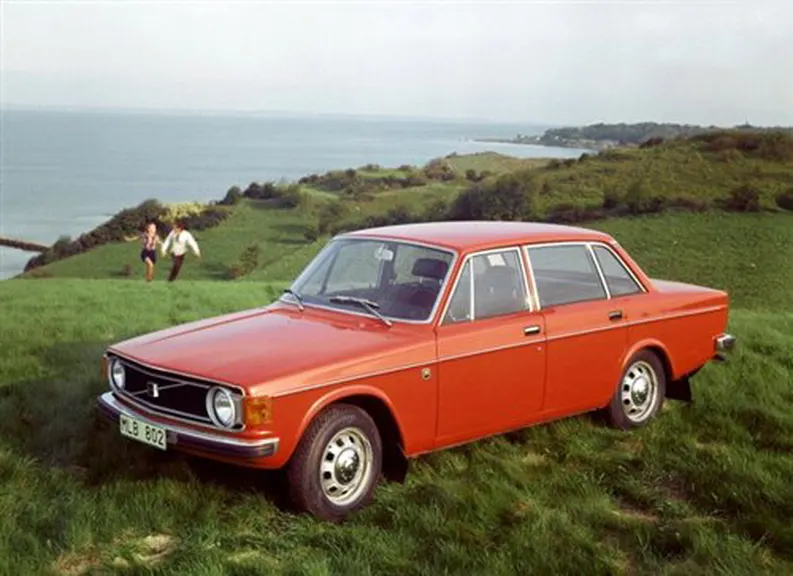
In 1967, Volvo launched the world’s first rear-facing baby seat. The rear seats are also equipped with seat belts. Volvo 144 quickly achieved success in overseas markets, and it fully met the vehicle safety standards later introduced by the United States, and went ahead of these safety standards. The Volvo 142S two-door car was launched in June, and the 145 station wagon was also launched later that year. Amazon model has now adopted motorized brakes, a collapsible steering column and a new safety steering wheel that can automatically break in the event of a collision. The dual carburetors of the models exported to the United States are equipped with an emission control system.
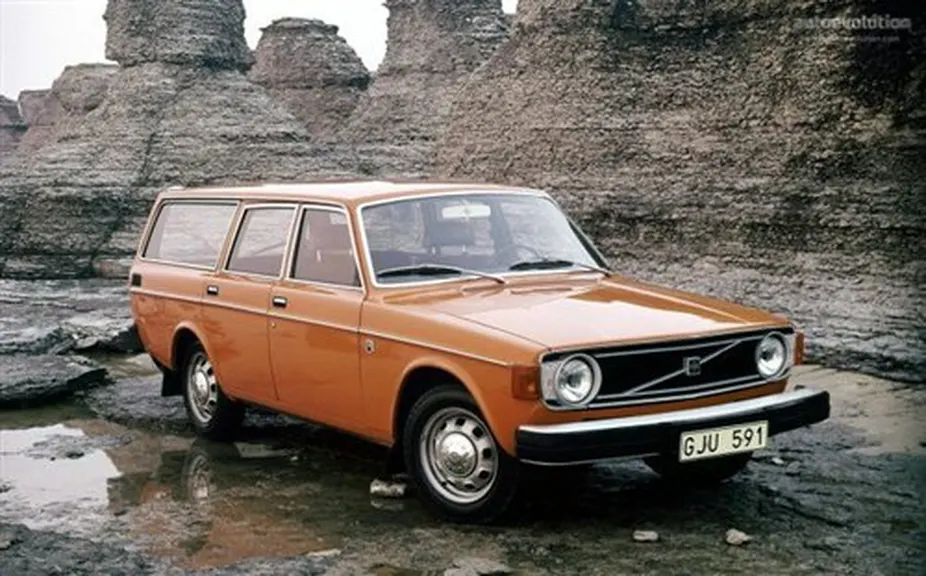
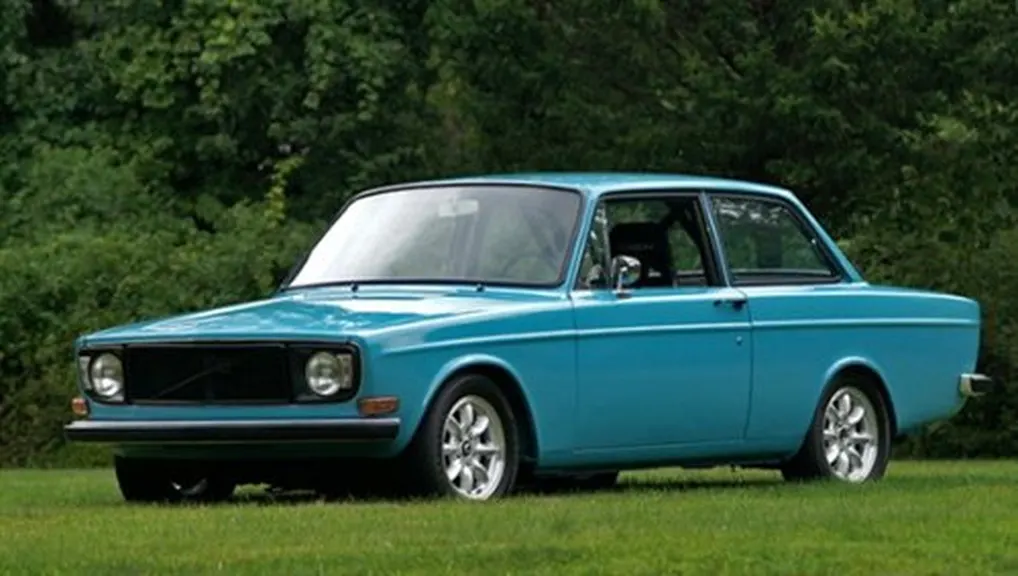
In 1968, the uniquely designed Volvo 164 with 6 cylinder engine was launched. Its sophisticated design included power steering and automatic transmission. At this time, Amazon model and 140 model have adopted the new B20 engine with emission control system. The 140 series set a sales record and became the best-selling model in Swedish history. Headrests are installed on the front seats. A new Volvo assembly plant opened in Malaysia, with an annual output of 2500 vehicles.

In 1970, the Volvo road accident research team was established to investigate the accidents of Volvo vehicles. After 14 years, the Volvo P120 series sold a total of 667,323 cars and finally stopped production. A yellow Volvo 144 went offline, it was the 2 millionth car produced by Volvo. The company has obtained the first main sponsor qualification, the Volvo Golf Open.
The success of P120 series has helped Volvo become the largest automobile enterprise in Sweden. At the same time, the introduction of safety technologies such as three-point safety belts, motorized brakes and rear-facing baby seat that Volvo is first to equipped with made Volvo recognized by the world in the field of automobile safety.

